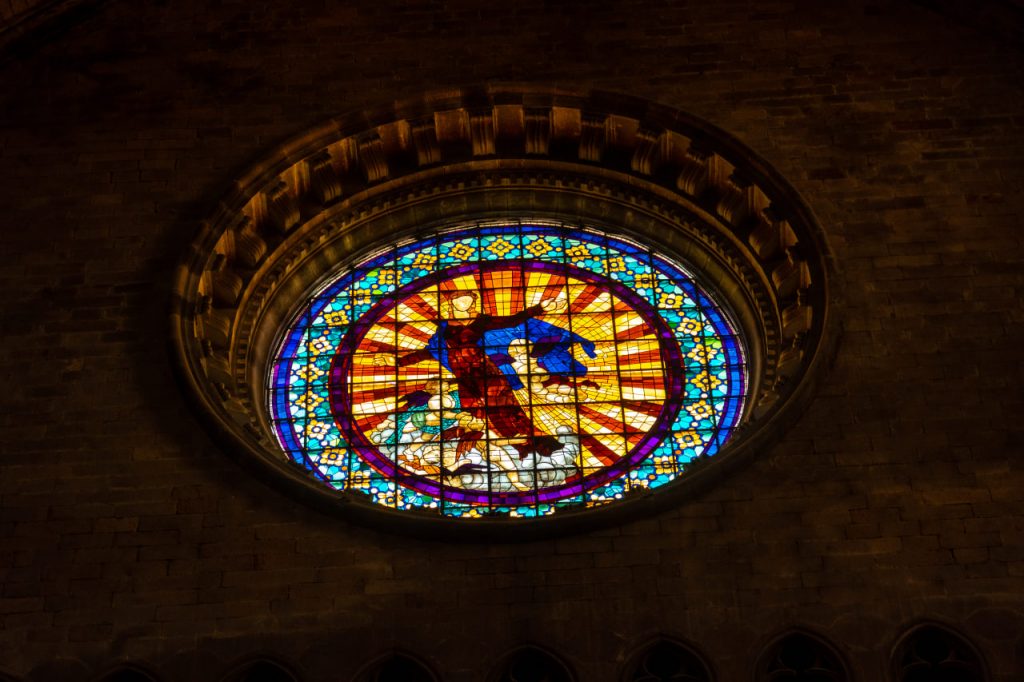Stained glass is not just a decorative art; it is a language of light, color, and symbolism that has been telling stories for over a thousand years. From the towering cathedrals of medieval Europe to the cozy windows of modern homes, stained glass has always captivated the imagination with its radiant beauty and craftsmanship.
The roots of stained glass can be traced back to the Roman Empire, but it was during the Middle Ages that it truly flourished. Gothic cathedrals like Notre-Dame de Paris or Chartres Cathedral became showcases of this mesmerizing craft. The artisans of the time created stunning biblical scenes and elaborate rose windows that bathed church interiors in colorful light. These windows were more than just decoration; they were visual storytelling tools for a largely illiterate population. Every panel, every piece of glass, had meaning, guiding worshippers through spiritual tales.
As Europe entered the Renaissance and Baroque periods, stained glass adapted to changing artistic tastes. The focus shifted towards realism and more complex compositions. Wealthy patrons commissioned stained glass not only for churches but also for private chapels, palaces, and mansions. However, as the centuries passed, interest in the craft began to fade with the rise of new architectural styles.
The 19th century brought a revival, thanks to the Gothic Revival movement and the groundbreaking work of artists like Louis Comfort Tiffany and John La Farge. Tiffany’s innovation of opalescent glass changed the possibilities of the medium. No longer limited to flat, transparent colors, artists could now achieve textures, gradients, and an almost painterly effect. His famous stained glass lamps and windows became iconic and are still widely admired today.
In the 20th and 21st centuries, stained glass evolved even further. Modern architects, designers, and independent artists brought it into everyday spaces — from modern homes and gardens to cafes, galleries, and even wearable art. Stained glass is no longer confined to sacred spaces. Its beauty has found new life in abstract patterns, bold colors, and contemporary forms.
What makes stained glass truly special is that it is both art and craft. It combines creative vision with technical skill, patience, and a deep understanding of light. Learning stained glass today means joining a lineage of artists who have, for centuries, shaped color and glass into something magical.
So when you look at a stained glass window — whether it’s an ancient cathedral masterpiece or a simple modern panel — you are seeing more than just glass. You are witnessing a story told through light, a tradition carried forward by countless hands, and a timeless connection between past and present.

